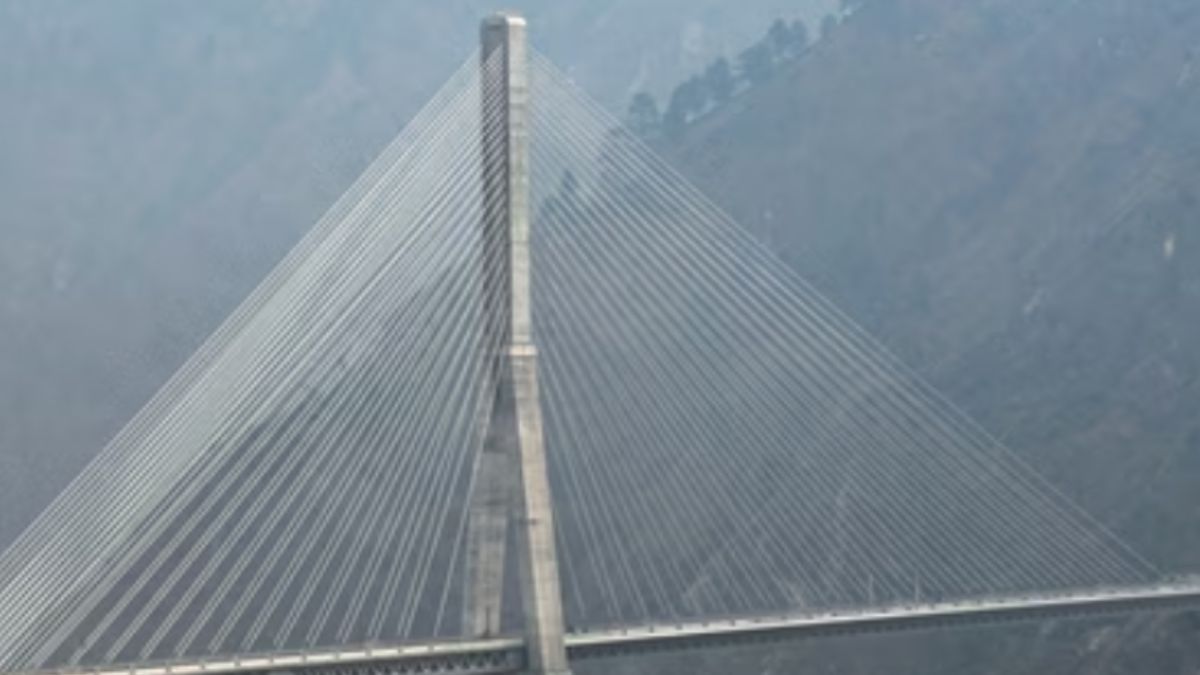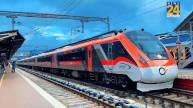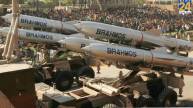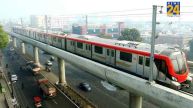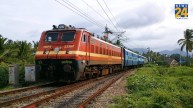The Indian Railways has seen a growth since Independence. With the introduction of new trains and waiting for the Bullet Train the railways is setting a new bar.
One such achievement of the Indian Railways is the Anji Rail Bridge. This bridge will be India’s first cable-stayed rail route. This is constructed in the Reasi area of the Jammu and Kashmir.
This comes under the Udampur-Srinagar-Baramulla-Rail Link Project. The bridge is about 80 km by road from Jammu.
Speaking to ANI, Chief Administrative Officer of the Udampur-Srinagar-Baramulla-Rail Link Project, Sandeep Gupta mentioned that, “The total length of the bridge is 725.5 m. This bridge has a single main pylon of height 193 m from the top of the foundation, standing at a height of 331 meters above the riverbed.”
He further said that, “Considering the ease of construction and typical site conditions, the bridge has been divided into 4 parts. We have built a 120 m long approach viaduct called the “ancillary viaduct” on the Reasi side and a 38 m long approach bridge on the Katra end (CA2).”
The bridge is situated in the Young Fold Mountains of the Himalayas. The major portion of the bridge works, including the main pylon with a 40 m deep hybrid foundation, the central embankment, and the ancillary viaduct, were carried out on the Srinagar end.
Sandeep Gupta also said that “The main bridge, crossing the deep valley, is a 473.25 m cable-stayed portion. The central embankment, which is 94.25 m, is located between the main bridge and an approach ancillary viaduct.”
CAO Gupta also said that it is an asymmetrical cable-stayed bridge balanced on the axis of a central pylon. The total deck width of the bridge is 15 m. The bridge has support of 96 cables having cable lengths varying from 82 m to 295 m. The micro piles of 40-meter depth all around the circumference of the 20-meter hybrid well foundation were used in the Main Pylon construction.
The Department of Earthquake Engineering at the IIT, Roorkee, conducted a Site-specific study on the earthquake parameters. Due to the importance of the bridge, a large number of sensors were placed on it to monitor the structural health of the bridge during service.
According to CAO, Gupta, The bridge has 3.75 meters 3.75-meter-wide service road and also a 1.5-meter-wide footpath on each side. The bridge has been constructed to handle storms. The design speed of the line is 100 km/h, a limit that does not pose problems for the train-structure interaction.
Also Read: Union Budget 2025: Will Nirmala Sitharaman Ease Burden On Salaried Class By Slashing Income Tax?

